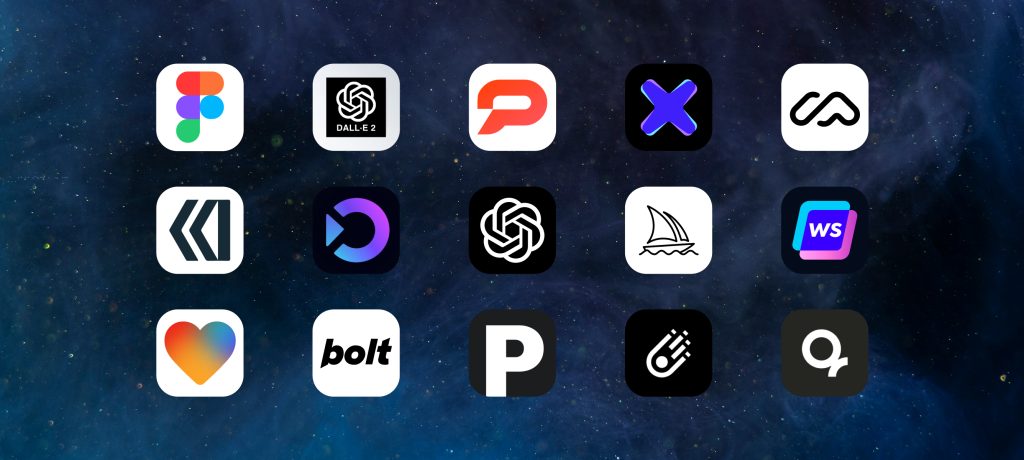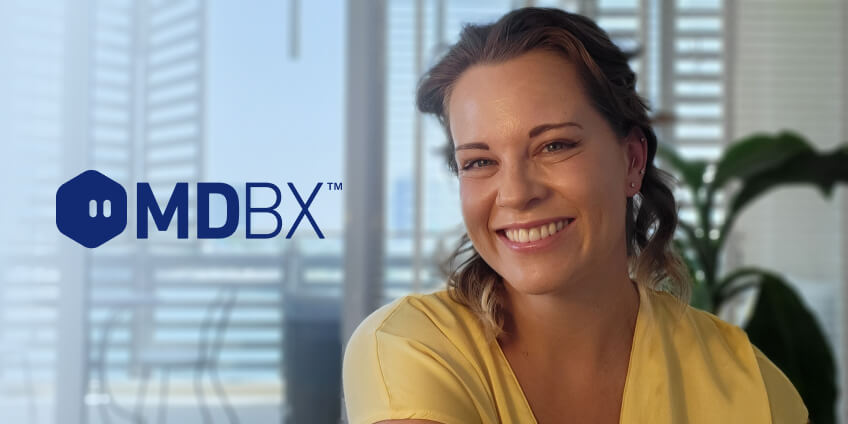This is Part 1 of our financial modeling series, which will focus on the profit and loss statement (P&L). We will expand on this series with additional posts, all relating to the financial aspects of your startup.
One of the most important pieces of information in your dataroom, is the financial model. Over the years of evaluating and advising early-stage companies, the financial model is a topic that has always had a lot of question marks around it.
So, I wanted to write a series of posts to try and demystify the financial model, and hopefully help you build one that fits your business. This first post will focus on the revenue and expenses side of the model.
Why is it so important:
The financial model is one of the most important aspects of both raising money and measuring your business. When tackling the financial model for the first time it is often tempting to outsource this task or try to make a template fit to your business.
I often advise against it. Building a financial model forces you to plan out every aspect of your business. It empowers you to intimately know the drivers of your business both on the revenue side and the expense side.
This type of understanding becomes vital when communicating with investors. It is often obvious to investors how well of a grasp you have on the numbers and assumptions your business is based on. Ultimately, it enables you to make decisions and understand the impact they will have on your bottom line.
A few things to consider before starting:
Before diving into the details of financial modeling I want to remind you of a few things I’ve learned over the last 10 years of building and evaluating financial models:
– There is no one size fits all financial model and no “right” way to do it.
– There are plenty of resources out there and templates you can use, but a good financial model will be tailored to your business.
– Financial modeling is a mix of art and science. There are certain ways things have to be calculated, for example, gross margin, which is the science. But the model is also made up of assumptions that are made by you, and that is the art. The younger your business is, the more art that goes into it simply because you have less historical data to base your assumptions on.
-You are building a forecast for your business, and I can guarantee that it will be wrong. You will beat forecasts in some metrics and do worse in others, but as an investor what I look at first is the assumptions you made and why you made them.
Building your model:
Please remember that I will be talking in high-level general concepts that are meant to be a starting point and may not fit directly to your business. The P&L (profit and loss) will look different for a b2b SaaS company versus a b2c hardware company, so keep in mind that these are broad strokes.
Ok, let’s dive in!
I typically like to start from the top of the P&L, so that is Revenue.
Revenue is a function of the number of units sold times pricing. When building out your model you need to understand the drivers of your revenue, which is unique to your business model.
Are you a subscription business, if so your revenue is driven by monthly paying users, or are you a hardware business and your revenue is driven by unit sales? Let’s play out the subscription business scenario…
You must ID what price you will charge and what the growth in the monthly subscription base will be (and the drop off of paying customers (the churn).
So right off the bat, you have to figure out a few major assumptions:
1. what will the growth in the user base look like,
2. what will the churn be,
3. what price will they be charged, and
4. will that price change over time or will there be a discount for paying all 12 months upfront (just to name a few)
5. If there is a discount, you must consider your user base of monthly payers and annual payers
Something to keep in mind as you develop your revenue assumptions is what is the driver of user growth. Are you assuming a flat growth month-over-month or can you make a defendable assumption where you tie user growth to marketing costs? If you can, then to play it out a bit further: if you invest cash into the marketing, this will drive user growth, which will drive revenue.
If that is a lever that you can pull, you can intelligently talk to investors about how to drive revenue, since you know how many users you can acquire into your business based on the marketing dollars deployed. This is a simplified example but gives you an idea of how to think about your financial model.
Moving down the P&L you hit costs of goods sold (or COGS). This is the cost it took to produce the goods that your company sells, excluding indirect costs such as marketing and sales. Again, this number varies based on your business, typically a hardware company will have much higher COGS versus a service company.
This is usually a variable cost based on your revenue. One thing to consider is, do your costs improve as your volume of sales increases?
The last major set of line items I will touch on is Expenses. Typically, the two major line items within expenses will be marketing costs and your human capital (or salaries). It goes without saying that you need to determine how you will market your product or service and how much you will spend to acquire sales.
Oftentimes, you’ll see the marketing expenses being tied to the revenue. So remember, that these two items are often intertwined. You must determine which assumptions you will be able to defend, will revenue be driven by your marketing spend assumptions or will marketing spend be driven by your revenue assumptions.
Additionally, as previously mentioned human capital is a major expense that companies incur. I recommend you spend some time here and figure out who you will need to hire, how much you will pay them, and when. As your company grows you will undoubtedly need to grow headcount.
So make sure that your revenue growth aligns with the growth of your team and vis-a-versa. You don’t want the rate of growth of salaries to outpace the rate of growth of revenue.
There are other line items to consider, such as taxes and other business-specific line items, but once you have determined your revenues and expenses, you are able to see your bottom line or net profit or loss. The loss, which you should look at cumulatively will show you how much cash you will need until you break into profitability. This will also help you substantiate how much you need to raise!
To conclude, there is no right way to build your model and remember that this will be an iterative process. The model will adapt and move as your business evolves.



